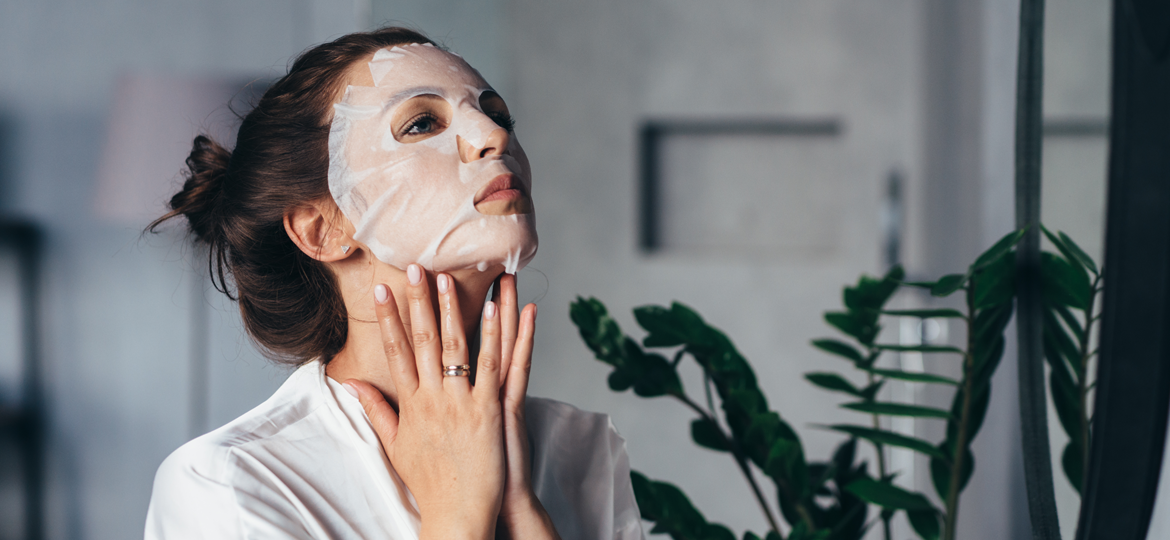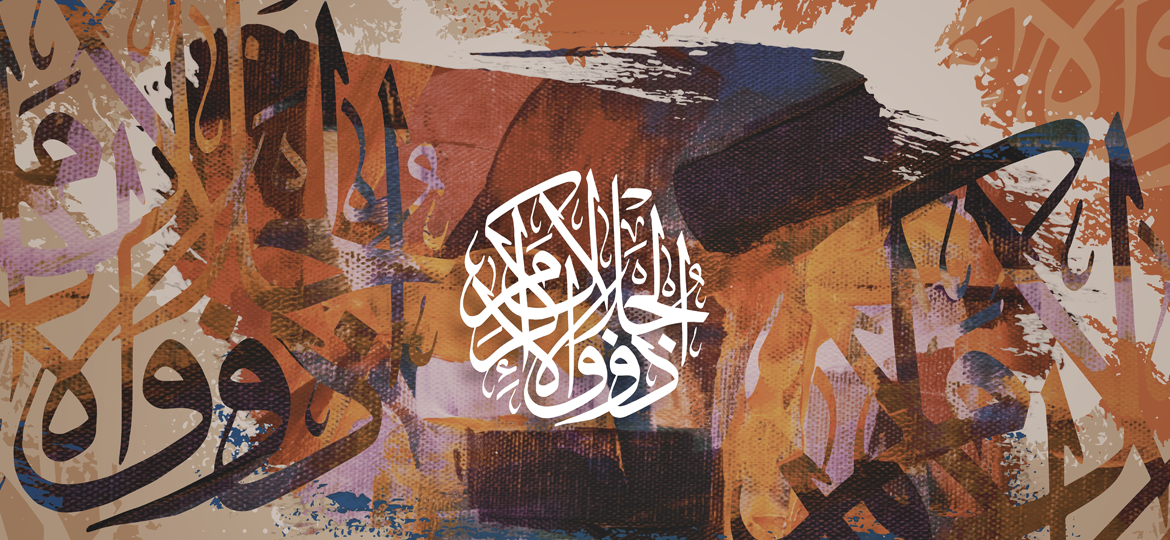If there’s one remedy for an acute case of post-summer slumps, it’s curling up with a good read. Every month, we feature a selection of articles recently published on our Open Access research platform. Our top picks for August cover a wide range of topics, including sustainable alternatives to cosmetic masks, Twitter’s positive influence during the COVID-19 pandemic, and techniques modern artists use to create distinctive personal styles.

1. Can Cosmetic Masks Be Sustainable?
The global beauty industry is projected to reach $800 billion in three years’ time. After all, even if it means following a 10-step skincare routine every night, who doesn’t want to look and feel good? The beauty industry is expected to survive economic recessions, thanks in part to the ‘lipstick effect’, which theorises that consumers will still spend money on small luxury items, such as lipsticks. As a result, companies invest heavily in R&D, and scientists are constantly looking for new, eco-friendly solutions to popular beauty trends.
One recent study proposes a sustainable alternative to non-woven cosmetic masks using cellulose-based materials derived from natural renewable sources. Discover their benefits here.

2. Did Twitter Play a Positive Role During COVID-19?
It’s no secret that hate speech, misinformation, and conspiracy theories escalated during the COVID-19 pandemic. But what about valuable insights and life-saving information? While the criticisms hurled at social media giants are often justified, we can’t overlook the fact that these platforms helped bridge critical communication gaps, especially at the height of the pandemic. Twitter, in particular, offered users the opportunity to create central accounts that acted as accessible information centres. Not only did the public gain more insight into the pandemic, but they were also able to participate in virtual discussions.
Read more about how Twitter helped spread awareness about COVID-19 here.

3. Can Early Diagnosis of Cataracts Help Prevent Loss of Vision?
Aging impacts everyone. One common result of aging is a deterioration in our vision. In particular, many people experience cloudy vision, caused by cataracts, which dulls their ability to see things clearly. As a result, images might appear yellow, distorted, or blurry. If left untreated, cataracts can lead to partial or total blindness. However, early diagnosis and appropriate treatment can help reduce the burden of cataracts and prevent loss of vision.
A new study examines the effectiveness and accuracy of the Pentacam Cataract Grading Scale (PCGS) versus the Lens Opacities Classification System (LOCS III), one of the most commonly used methods for the diagnosis and treatment of cataracts. Learn more about the findings here.

4. How did Traditional Arabic Calligraphy Reach Global Audiences?
Traditional Arabic calligraphy, once used as a means for expression, has now become a distinguished art form. The rise of a technique that focuses on capturing the beauty of composition and rhythms of the line has helped transform the revered craft of Arabic calligraphy into modern art. A new study examines the works of Tunisian artist Nja Mahdaoui, who defied the norms of traditional Arabic calligraphy and created pieces that resonated with global audiences. While his calligraphic style might resemble Arabic letters at first glance, they are abstract images without literal meaning.
To learn more about the globalisation of Arabic calligraphy and the techniques Mahdaoui uses in his work, click here.

5. How Do Artists Develop Distinctive Personal Styles?
Repeating visual elements in different artworks can sometimes result in monotony. Conversely, when executed correctly, repetition can be a powerful technique for developing a distinctive personal style. But how do artists avoid predictability when incorporating repetition in their pieces? One study analyses the works of three modern artists: Popo Iskander, Ahmad Sadali, and Fadjar Sidik. Despite using repetition in their art, these three artists have created bold and vibrant works that emphasise their individuality.
Discover how Iskander, Sadali, and Sidik developed their personal styles here.
More from the KnE Blog




